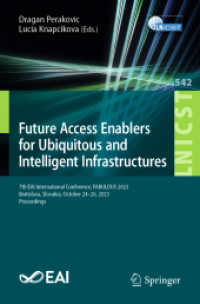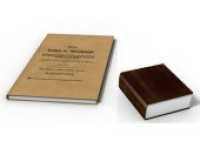Description
(Text)
Particle size distribution is a key factor in
determining the efficiency of most granular and
powder based operations. One of the oldest and most
popular methods of size analysis is sieving or
screening where particles are classified according to
their passage through an aperture of known size
having either circular or square shape with the
particle size being the diameter or the side
dimension of this aperture.
The need for on-line particle size analysers was one
of the motivations to introduce image-based particle
size analysis systems to many industries. In general,
the sequential steps of how these systems work can be
summarised as follows:
-Acquisition of raw images from the scene, improving
their quality and segment particles profiles.
-Extraction of size related data from particle
-Transformation of the measured data to the required
particle size distribution.
-Application of correction factors to compensate for
particle overlap and segregation.
Therefore, this book is an attempt to develop a new
technique which measures two parameters from each
particle profile. The accuracy of the proposed
technique has been investigated in both the
laboratory and the field.








